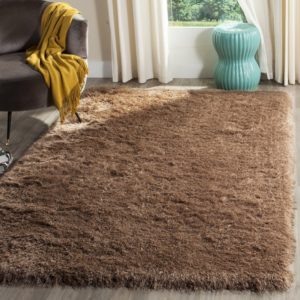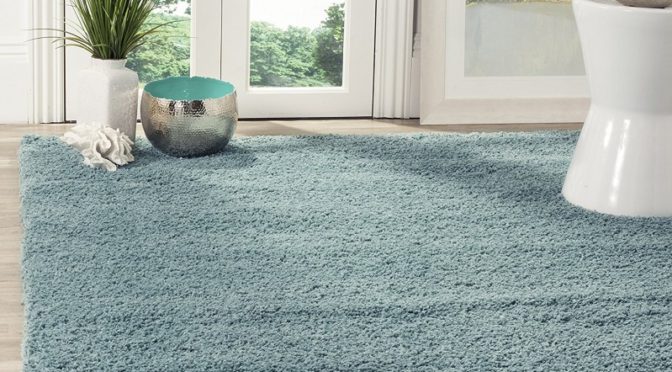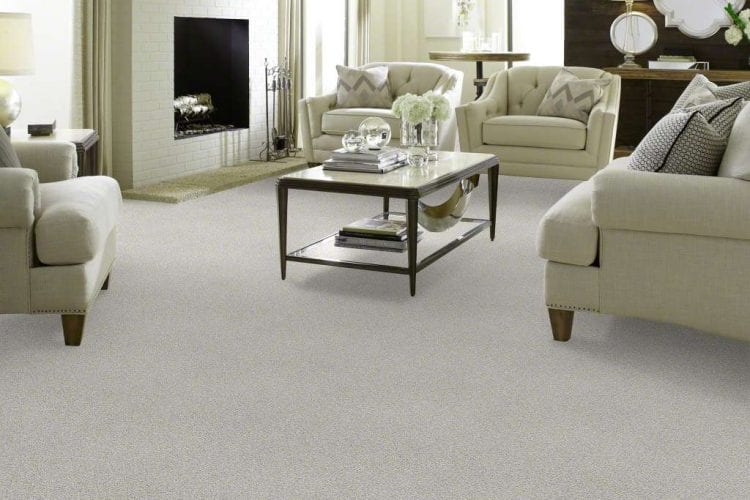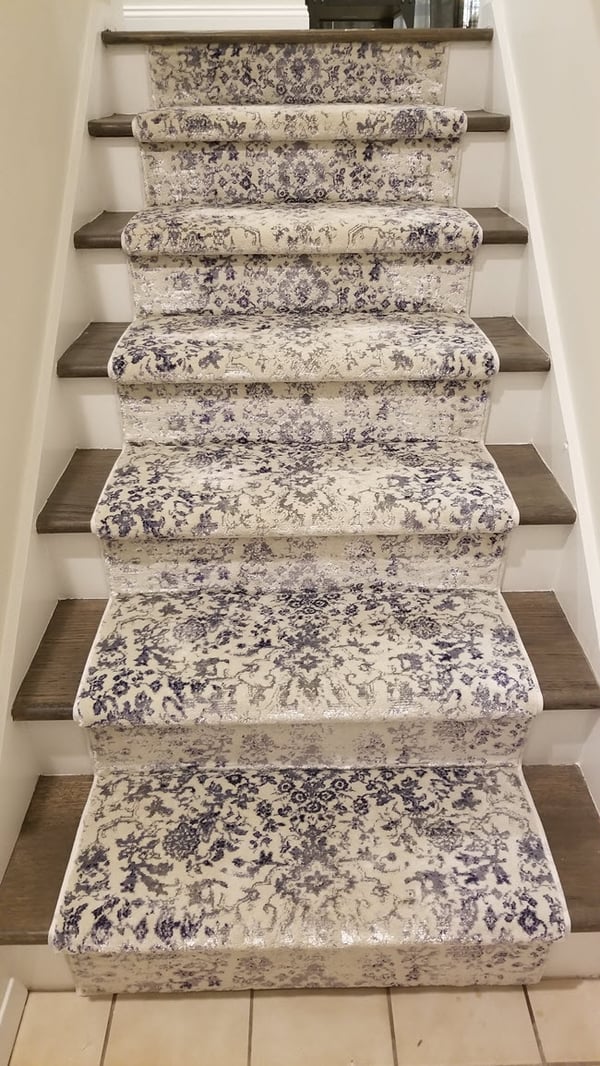Polyester Carpet Allergies

These synthetic blends repel allergens and other irritants.
Polyester carpet allergies. A polyester allergy is a fabric allergy that can cause a skin reaction. Common allergens such as pollen and dust can get trapped in carpet causing allergic reactions to occur. Polyester is one material that is known to cause most allergic reactions which shows mostly on the surface of the skin. Allergies can be triggered by many things found in your home such as carpet which may contain 100 times more allergens than hard floors source.
It is easy to clean and resists moths and mildew. Thankfully nowadays some carpets are made of nylon and polyester. Carpets with long fibers such as shag rugs can harbor more irritants than low pile carpets. Unlike wool carpet that may fade if installed in an area that receives excessive direct sunlight.
The symptoms observed can vary from being mild to dangerous. It is believed that this exacerbates the symptoms of these conditions. A person with a polyester allergy may experience a skin reaction when they come into direct contact with fabrics containing polyester. These synthetic blends are constructed out of lab developed fibers that repel allergens in part because they are nonorganic and offer an inhospitable climate.
Nylon is soil and mildew resistant while polyester is resistant to stain. Allergic reactions occur when a harmless substance such as nickel strawberries or polyester triggers a state of high alert in your immune system. It is an economical carpet fiber that tends to have a shorter life span than other carpet fibers. Polyester carpet has a nice hand feel of the fibers and is good for those who suffer from allergies.
Carpet has long been regarded as the enemy when it comes to allergies and asthma. Most fibers used in mass produced rugs and carpets today are harmless materials like polyester and nylon the same stuff clothes and bags are made out of. They may also manifest either almost instantly or within a delayed period of time. In severe cases allergies can cause anaphylaxis which.
Advertisement the carpet and rug institute cri defends its product claiming that carpet fibers actually trap allergy provoking substances like dust and pollen and prevent them from circulating in the air where you re more likely to encounter them. Those living with asthma or allergy symptoms have historically been advised to remove all carpet in the home because carpet traps allergens.














































